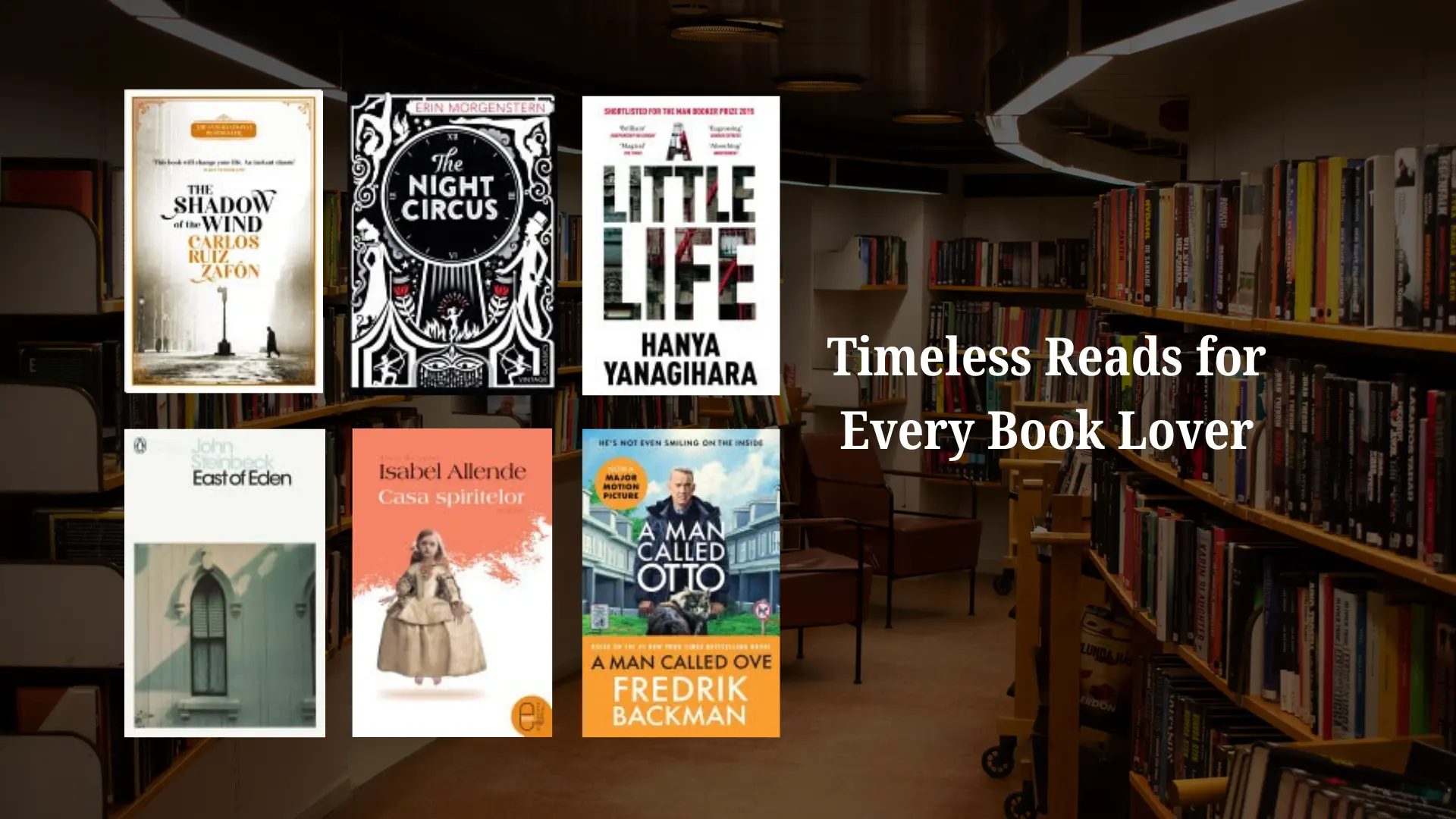From the ‘Hero of the Jungle’ to the math teacher, here are the unsung heroes of the freedom struggle
These lesser-known freedom fighters were important dominoes that added to the momentum that was the fall of colonialism.
Celebrating India’s 70th year of independence goes hand in hand with remembering the courageous men and women who sacrificed their lives for it. More often than not, however, their names and stories become lost in the gigantic shadows of more prominent figures like Gandhi, Nehru, and Bose. But these lesser-known freedom fighters were important dominoes that added to the momentum that was the fall of colonialism.
Today, we remember some of these brave hearts who carved their names in history with nothing less than their boiling blood.
Alluri Sitarama Raju
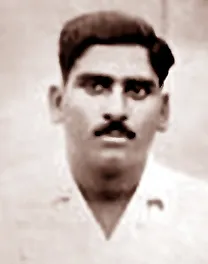
This Indian revolutionary was known as the ‘Hero of the Jungle’ by the Adivasis of Central India. Alluri Sitarama Raju was politically active from the ripening age of 15, and leaving behind a formal education that he thought unnecessary, is said to have visited the deep forests of the Gond tribals who had lost their lives in the First War of Independence in 1857. Moved by the plight of the Adivasis, he led the Rampa Rebellion between 1922 and 1924 during which he inspired tribals to fight against the British and their laws restricting free movement in the jungles. He raided police stations for weapons, set free political prisoners, and became a terror to the British Raj. He was eventually captured and executed in 1924.
Lakshmi Sehgal

Known reverently as ‘Captain Lakshmi’, Lakshmi Sehgal was a doctor who cared for the poor and wounded Indian soldiers in Japanese-occupied Singapore during the Second World War. Here, she met Subhash Chandra Bose and became closely associated with the Indian National Army. She set up INA’s women’s regiment, Rani of Jhansi regiment and, as a result, attracted enthusiastic female volunteers for the cause of independence. She continued her service to the country even after it gained independence; she was instrumental in the medical team that headed to Bhopal after the gas tragedy, and again, following the anti-Sikh riots in 1984. She continued to see patients even at the age of 92.
Udham Singh

Udham Singh was a revolutionary who was a follower and associate of Bhagat Singh. He is, however, best known for the assassination of Sir Michael O’Dwyer, who was the Lieutenant Governor of Punjab during the fateful Jallianwala Bagh Massacre of 1919. Singh and his friends, then a group of politically conscious 20-year-olds, were said to be present during the shootings, and were, as the speculation goes, in charge of providing water to the unarmed protesters before the shooting. The incident undoubtedly had a lasting impact on him and he carried, through the years, the urge to avenge the murder of his people. He was also involved with the Gadar Party in 1924 that attempted to organise support from Indians present overseas. In 1940, he assassinated Michael O’Dwyer and is said to have made no attempt at fleeing. He was hanged soon after but Udham Singh fought till his last breath.
Tirot Sing
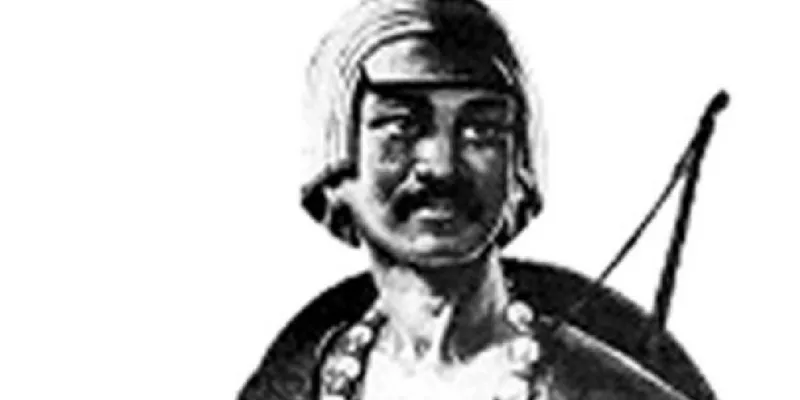
Also known as U Tirot Sing, he was the chief of Syiemlieh clan in the Khasi Hills in the Northeast. He fought against the British when they attempted to acquire the Khasi Hills after gaining control of the Brahmaputra Valley in 1826. This led to the Anglo-Khasi War with Tirot Sing's attack on a British garrison that disobeyed his orders to stop a road construction project through the Khasi Hills. Tirot Sing and his tribesmen fought with only native weapons. Sing was shot at by the British and captured in January 1833 and deported to Dhaka. He died on July 17, 1835.
Benoy, Badal, Dinesh
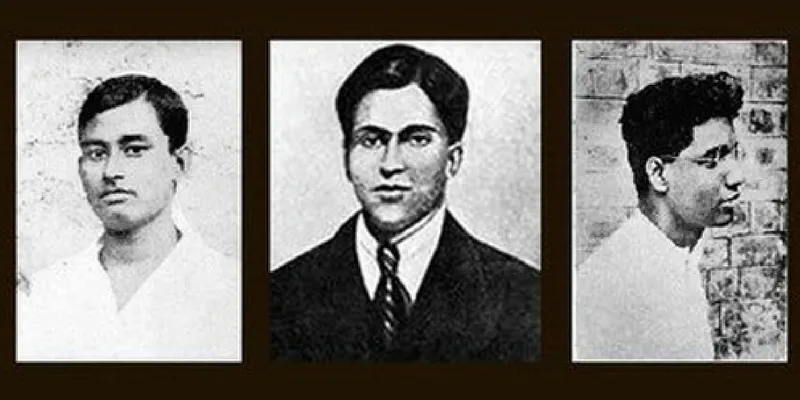
This was a trio of Benoy Basu, Badal Gupta, and Dinesh Gupta, who led the revolutionary movement in Bengal Presidency in the 1930s and inspired many. They bombed the Secretariat Building and assassinated General Col. NS Simpson in order to take revenge for Simpson’s brutal oppression of prisoners in jail. In 1930, the three entered the Writers’ Building, dressed as British security, entered Simpson’s room, and shot him. But soon they were captured by the police. Unwilling to surrender to the British, Badal ingested potassium cyanide while Benoy and Dinesh shot themselves with their own revolvers. While Badal died on the spot, Benoy was taken to hospital where he died later the same year. However, Dinesh hanged himself in 1931. Their sacrifice inspired many patriots.
Related read: How the British East India Company managed to colonise India for nearly 200 years
Abadi Bano Begum
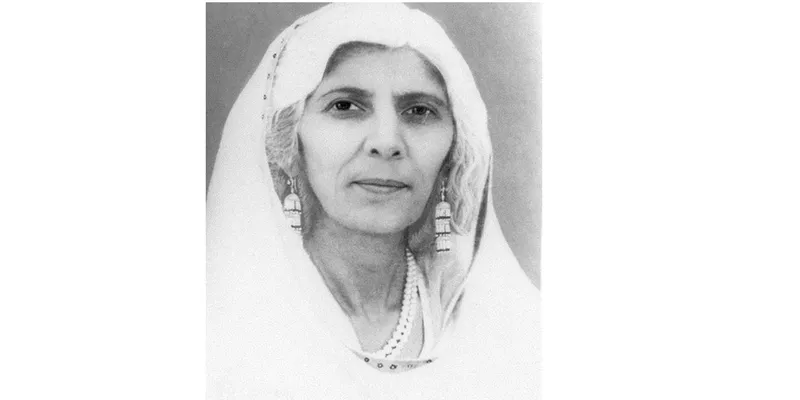
Also known as Bi Amma, she was a passionate nationalist whose family suffered the trauma of the 1857 revolt. She is the only woman in history to have addressed a crowd, urging them to demand freedom, all while in purdah. Moreover, she is the mother of the Ali brothers — Shaukat and Muhammad Ali — who led the Khilafat Movement and later the Non-Cooperation Movement. After her sons were arrested, she gave up her purdah and played an important role in the freedom struggle. As she organised funds, she asked Indian women to use khadi and boycott foreign goods. She became a champion for Hindu-Muslim unity and inspired women to play a greater role in the freedom struggle. She died in 1924.
Madame Bhikaji Cama
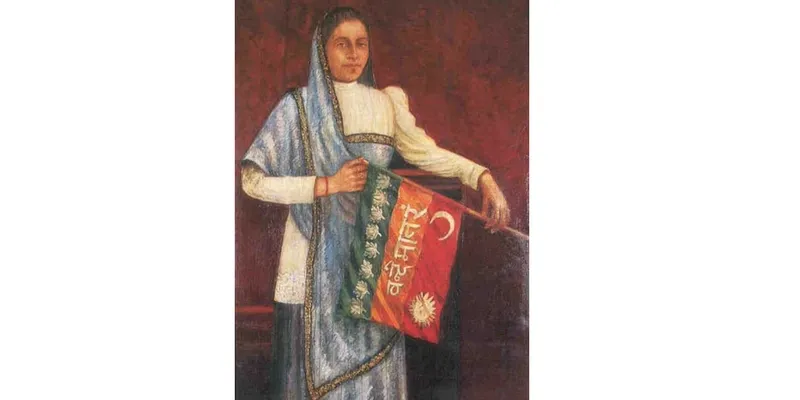
Born in 1861 in Bombay to a well-off Parsi family, Bhikaji was married to Rustom Cama, a lawyer, in 1885. Not happy with her marriage, she started doing a lot of philanthropic work and in 1896, she volunteered to help those affected by the Bubonic plague in Bombay Presidency. She ended up contracting the disease and was sent to Britain for medical care. In London, she met nationalists like Dadabhai Naoroji and became a co-founder of the Paris India Society in 1905. She wrote, published, and distributed revolutionary literature including Bande Mataram and Madan's Talwar. On August 21, 1907, at the International Socialist Congress being held in Stuttgart, Germany, she unfurled the first version of the Indian national flag — a tricolour of green, saffron, and red stripes — for the first time on foreign soil. She also advocated for feminism and gender equality.
Surya Sen
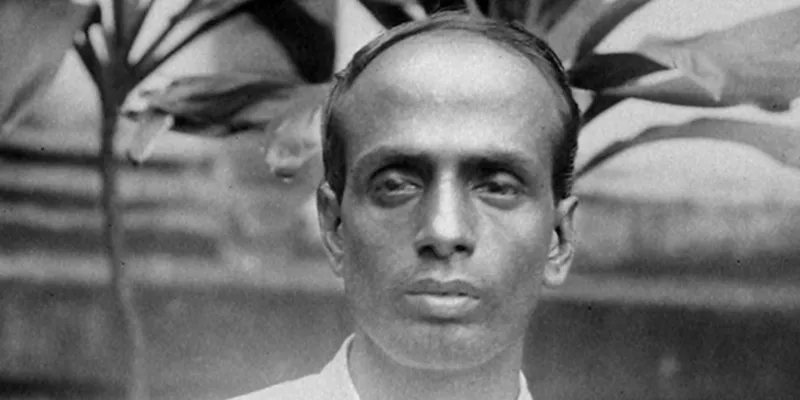
Surya Sen was a school teacher of mathematics in Chittogram, West Bengal. As a timid, quiet man, without a flair for public speeches, he didn’t quite fit the freedom fighter persona, but was nevertheless a revolutionary in mind. In an act of extraordinary courage, he prepared and led his teenage students in the Chittagong Armoury Raid of 1930, which planned to destroy British communications in the city, isolating and therefore weakening them. Many were killed during this mutiny and some, including Sen, managed to escape. He was eventually captured, tortured, and hanged. But his name still rings in this state that birthed valiant fighters.
In the acts and thoughts of these men and women lie an important lesson; they possessed the strength to put aside their comforts and fight for a cause much bigger than themselves. Can the same be said for the present generation of Independent India?
Enter the SocialStory Photography contest and show us how people are changing the world! Win prize money worth Rs 1 lakh and more. Click here for details!



